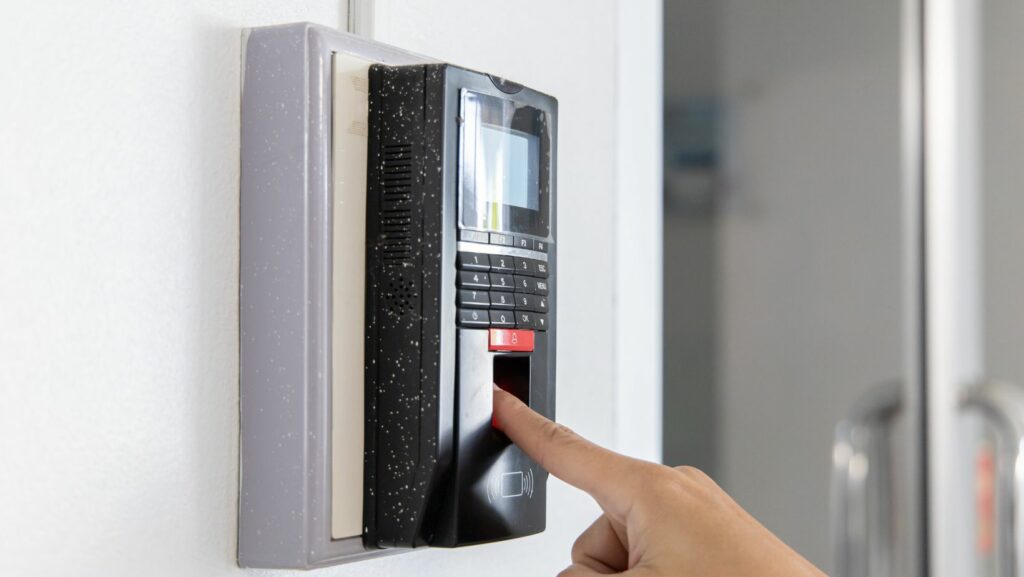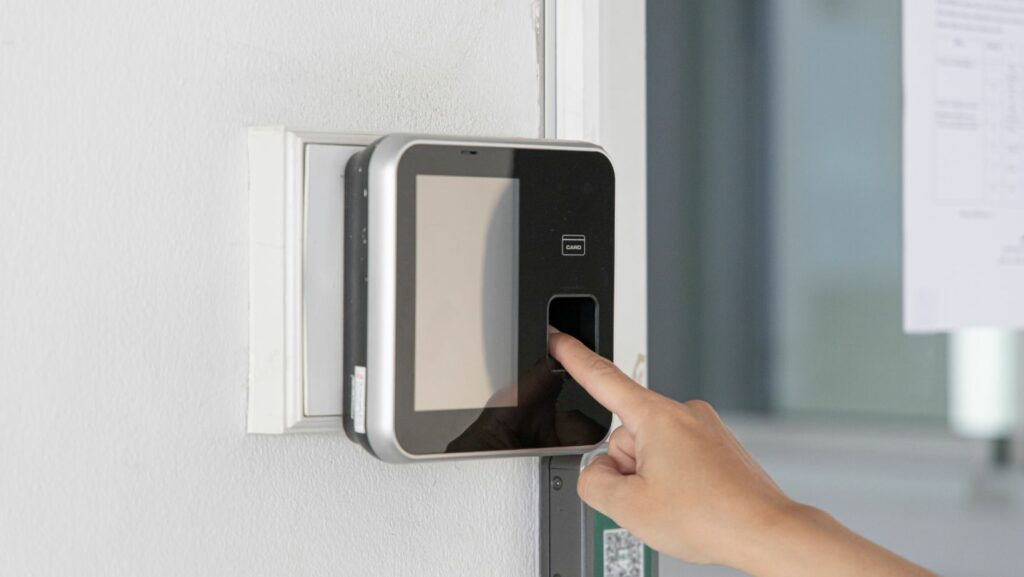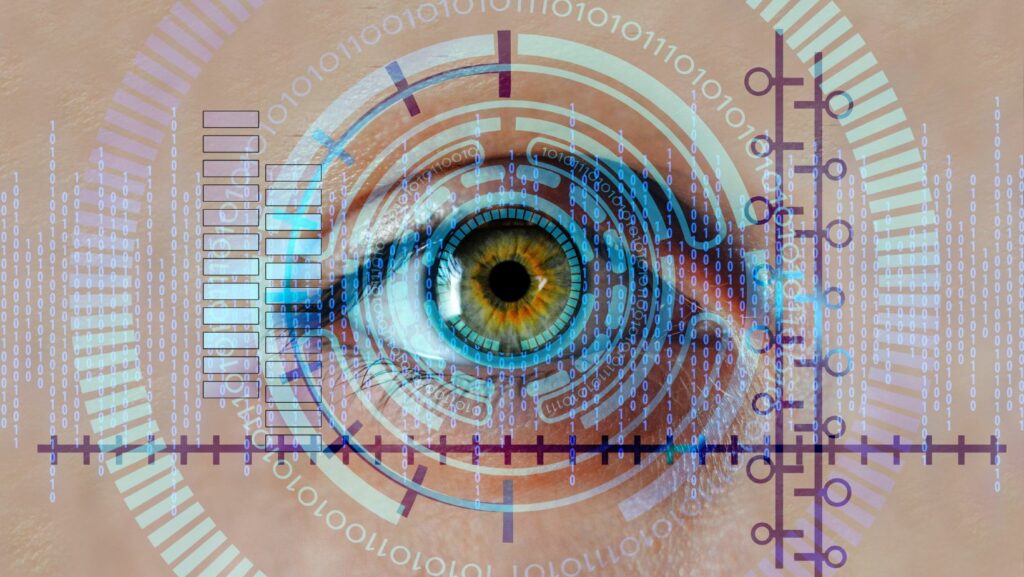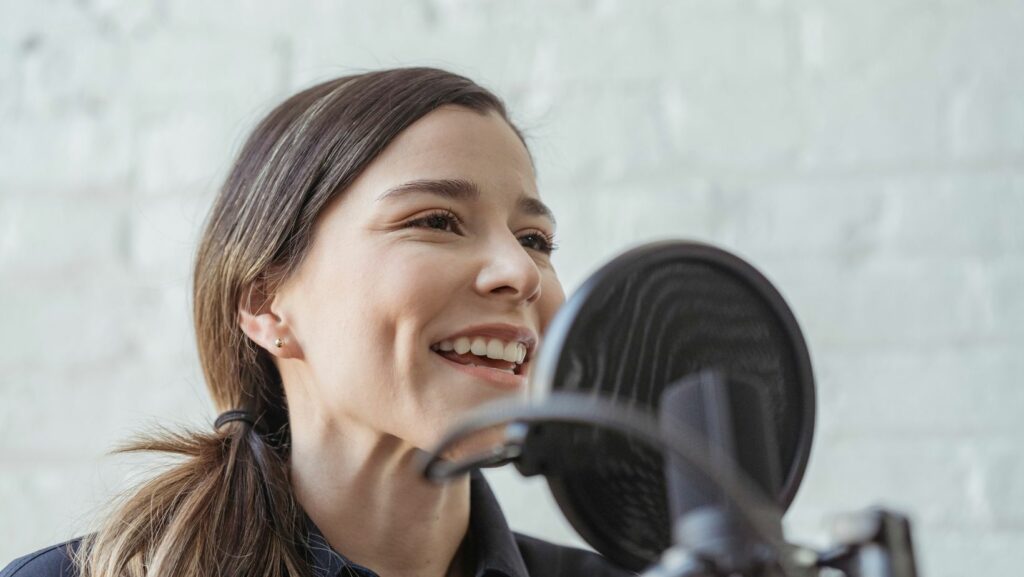Voice recognition biometrics is revolutionizing the way we interact with technology. It’s not just about what you know or what you have; it’s about who you are. By analyzing unique vocal patterns, this cutting-edge technology can verify a person’s identity with remarkable accuracy. From unlocking smartphones to securing sensitive data, the applications of voice recognition biometrics are endless.

In a world where cybersecurity is paramount, voice recognition biometrics offers a secure and convenient solution. With the ability to distinguish between individuals based on their voice characteristics, this technology provides a level of authentication that is difficult to replicate. As organizations increasingly turn to biometric solutions for identity verification, voice recognition stands out as a reliable and user-friendly option.
As we delve deeper into the realm of biometric authentication, the role of voice recognition technology is set to expand further, offering a seamless and secure way to access our devices and data.
Voice Recognition Biometrics

Voice recognition biometrics is revolutionizing technology by analyzing distinct vocal patterns for precise identity verification. With its diverse applications ranging from unlocking smartphones to safeguarding sensitive information, this technology provides a secure and convenient solution challenging to duplicate. As organizations increasingly adopt biometric solutions for identity verification, voice recognition emerges as a dependable and user-friendly option. The role of voice recognition technology in biometric authentication is projected to expand further to offer a seamless and secure approach to accessing devices and data.
How It Works
Voice recognition biometrics functions by capturing an individual’s unique vocal characteristics, such as pitch, tone, and cadence, to create a vocal profile. This profile is then stored in a database for comparison during authentication. When a user attempts to access a system, their voice is analyzed and compared to the stored profile to verify their identity accurately. Advanced algorithms in voice recognition systems enable precise matching, making it a reliable method for biometric authentication.
Types of Voice Biometrics
There are two primary types of voice biometrics: text-dependent and text-independent.
- Text-dependent voice biometrics: This type requires the user to speak specific words or phrases during authentication. The system compares the spoken text with the stored sample to verify the user’s identity accurately. Text-dependent voice biometrics is commonly used for phone banking and voice-controlled applications.
- Text-independent voice biometrics: Unlike text-dependent systems, text-independent voice biometrics does not require predefined phrases for verification. It analyzes various aspects of the speaker’s voice, such as pitch, tempo, and intonation, providing a more flexible authentication method. Text-independent voice biometrics is ideal for applications where spontaneous speech is necessary, such as voice-activated assistants and voice commands in smart devices.
Future Trends in Voice Recognition Biometrics
Voice recognition biometrics technology is evolving rapidly, paving the way for exciting future trends. The advancements in this field are shaping the way businesses and individuals interact with technology, emphasizing the following key developments:

- Enhanced Accuracy: Future voice recognition biometrics systems will focus on improving accuracy through advanced machine learning algorithms that can adapt to individual speech patterns, dialects, and accents for more precise identification.
- Increased Integration: There will be a greater integration of voice recognition biometrics across various industries beyond security applications, including healthcare, automotive, and e-commerce, to streamline processes and enhance customer experiences.
- Continuous Innovation: Companies are investing in research and development to enhance the capabilities of voice recognition biometrics, exploring new modalities such as behavioral biometrics to offer robust security layers.
- Convenience and Accessibility: Future trends will prioritize enhancing user experience by making voice recognition biometrics more user-friendly, accessible across different devices, and seamlessly integrated into everyday interactions.
- Enhanced Security Measures: With the increasing reliance on voice recognition biometrics for critical authentication processes, future systems will implement robust security measures, including blockchain technology and encryption protocols, to safeguard sensitive data.
- Smart Device Integration: The integration of voice recognition biometrics with smart devices and Internet of Things (IoT) platforms will become more prevalent, enabling voice-activated commands for a wide range of applications, from smart homes to healthcare monitoring.
These emerging trends signify a promising future for voice recognition biometrics, offering enhanced security, improved user experiences, and a wider range of applications across diverse industries. By staying at the forefront of innovation, businesses and consumers can leverage the full potential of this evolving technology landscape.



